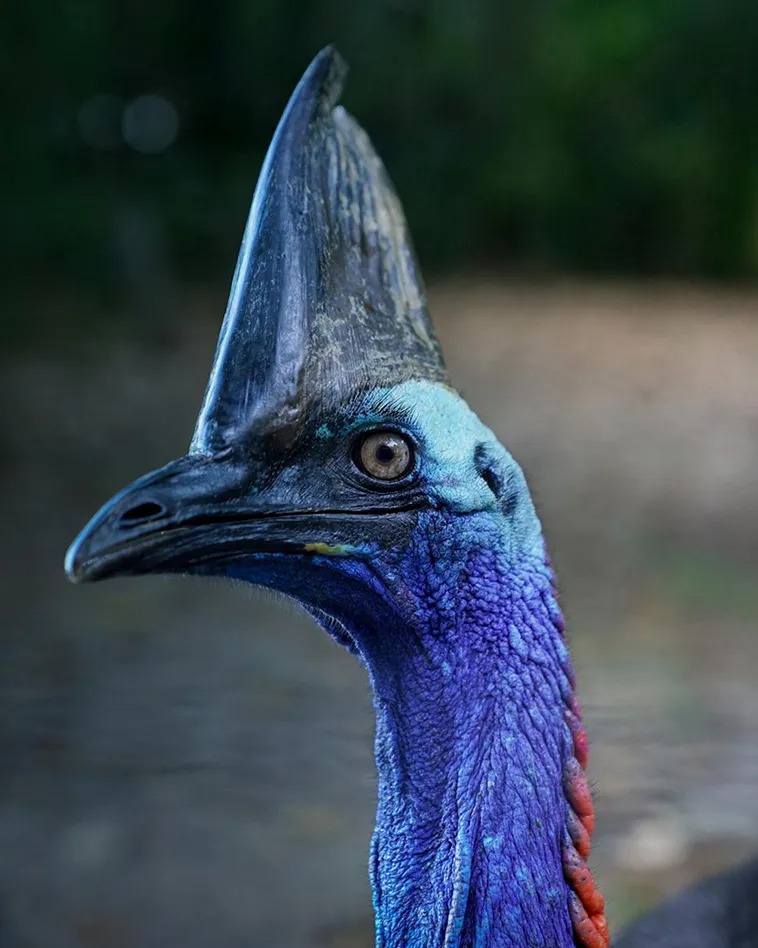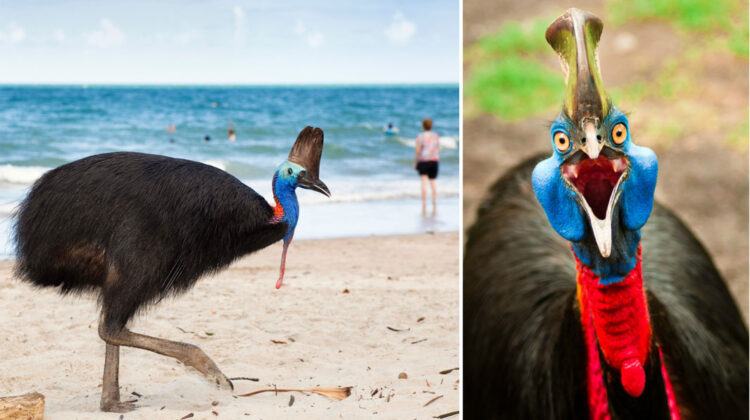
The cassowary, a flightless bird native to Australia and Papua New Guinea, is often regarded as the world’s most dangerous bird, especially when it comes to human encounters. Known for its powerful legs and sharp talons, the cassowary has a reputation for being aggressive and unpredictable.
Cassowaries are large, flightless birds that can stand up to six feet tall and weigh up to 130 pounds. Their bodies are covered in dark feathers, and they have a distinctive casque, or bony crest, on their heads. Cassowaries are primarily herbivores, but they are also known to eat small animals and insects.

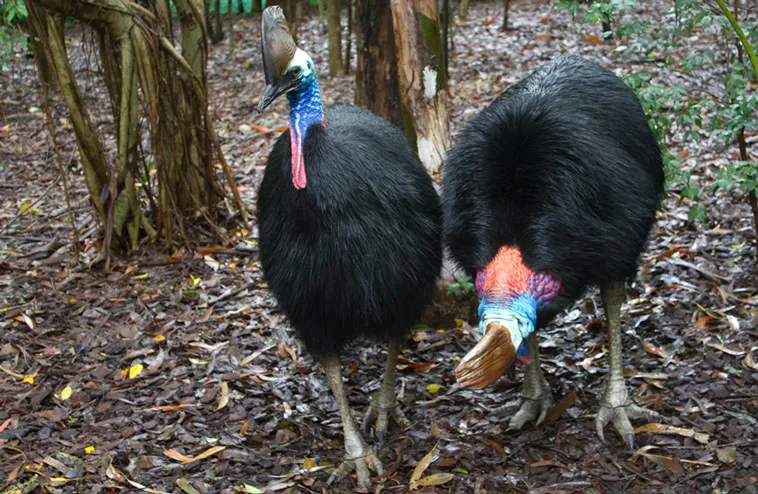
While cassowaries are not naturally aggressive towards humans, they can become territorial and defensive if they feel threatened. Their sharp talons can cause serious injury, and their powerful legs can deliver a lethal kick. In fact, there have been several documented cases of cassowary attacks on humans, some of which have been fatal.
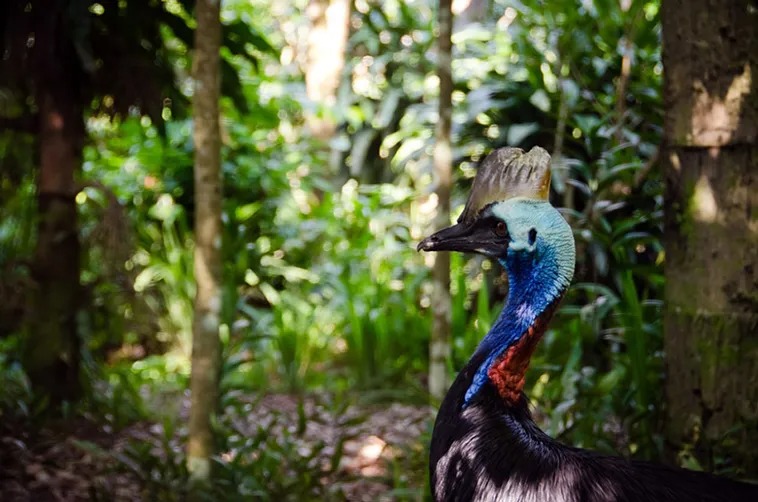
In addition to their physical prowess, cassowaries are also known for their unique vocalizations. Their calls have been described as sounding like a scraping, hollow, ribbed plastic tube. These calls are used to communicate with other cassowaries and can be heard from a distance of over a mile.

Despite their reputation for being dangerous, cassowaries are an important part of their native ecosystems. They play a vital role in seed dispersal, and their droppings are an important source of nutrients for other animals and plants. However, habitat loss and hunting have led to a decline in cassowary populations in some areas.
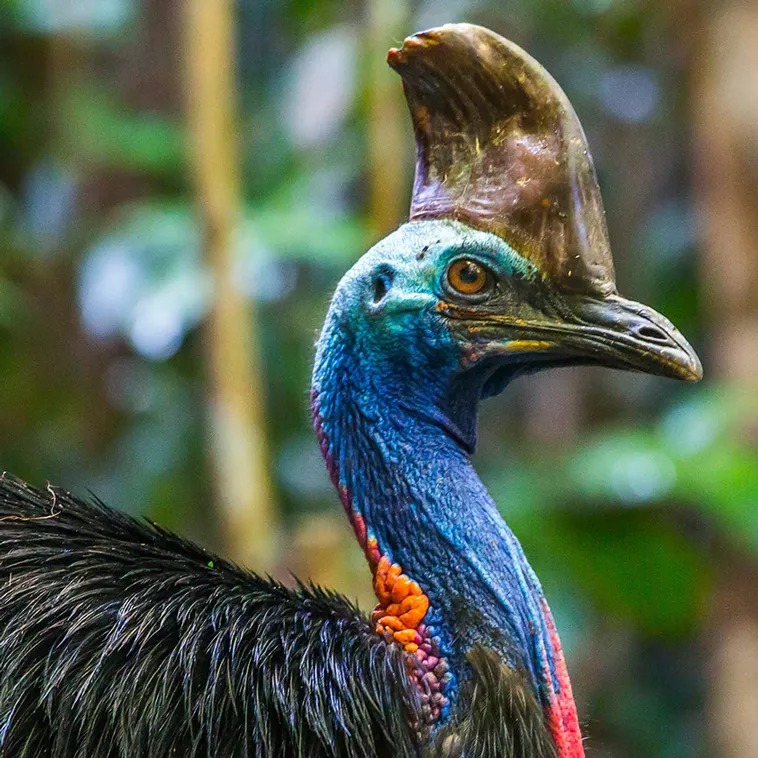
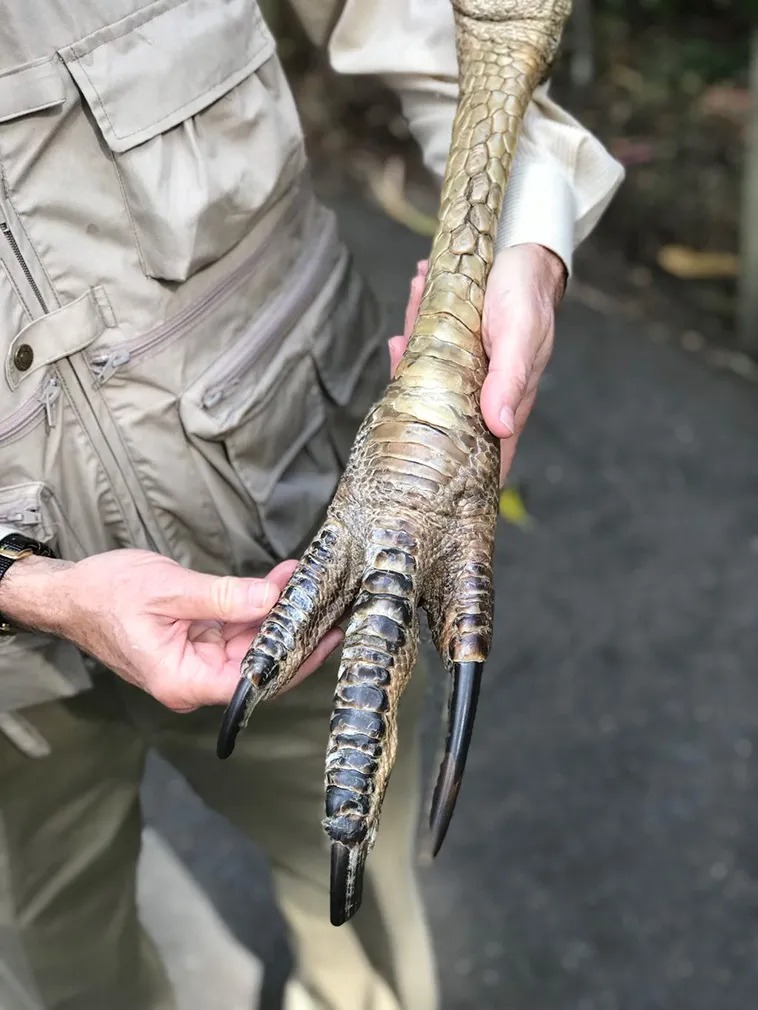
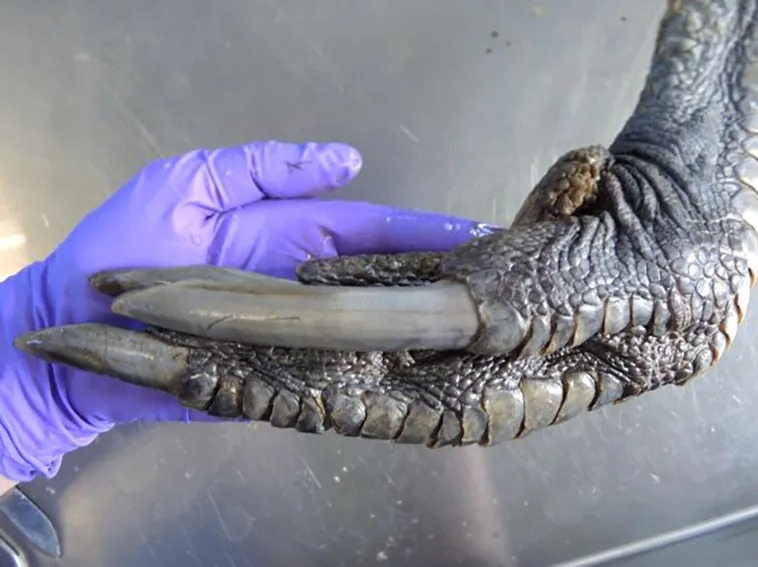
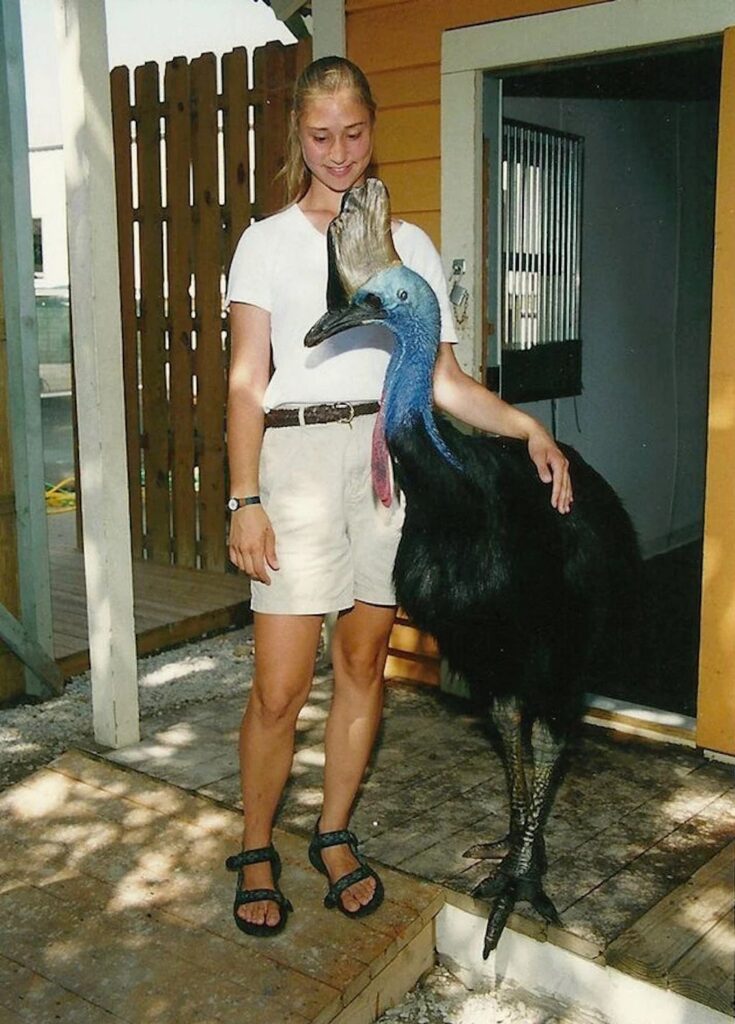
In conclusion, the cassowary is a fascinating and powerful bird that should be respected and admired from a distance. While they are not naturally aggressive towards humans, it’s important to remember that they are wild animals and should be treated with caution and respect. As we continue to encroach on their natural habitats, it’s crucial that we work to protect these magnificent birds and ensure their survival for generations to come.

